Any Drywalling Experts?
bblakeney
10 years ago
Related Stories

SMALL HOMESAsk an Expert: What Is Your Ultimate Space-Saving Trick?
Houzz professionals share their secrets for getting more from any space, small or large
Full Story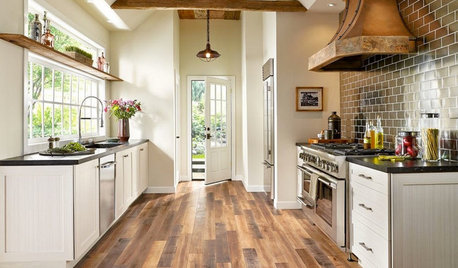
MOST POPULARPros and Cons of 5 Popular Kitchen Flooring Materials
Which kitchen flooring is right for you? An expert gives us the rundown
Full Story
REMODELING GUIDES9 Expert Tips for Creating a Basement Bedroom
Put overnight guests up in comfort or enjoy the bonus bedroom yourself with this professional advice for converting your basement
Full Story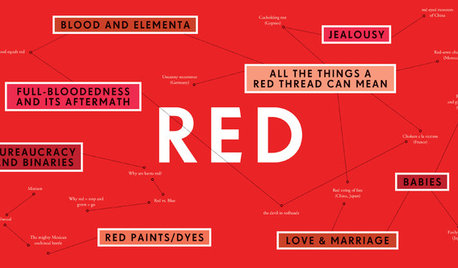
COLORWhy My Son’s Room Will Be Red: An Expert Weighs In on Colors for Baby
Historical facts, trend recaps and enthusiastic support for painting your nursery any darn color you like
Full Story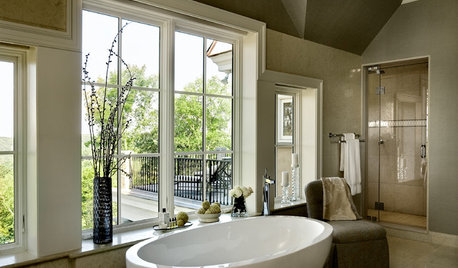
BATHROOM DESIGNExpert Talk: Freestanding Bathtubs Make a Splash
Professional designers explain why they chose freestanding tubs and how the style can enhance the design of any bathroom
Full Story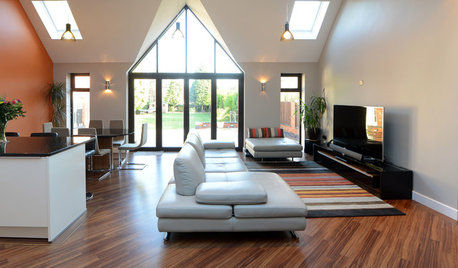
TASTEMAKERSAsk an Expert: What Is the One Design Rule You Live By?
Eight home experts share their top design rules
Full Story
ARTExpert Talk: Have a Field Day With Landscape Art
Paintings of moody skies or serene seas bring nature's soothing touch to even the most urban homes
Full Story
DECORATING GUIDESExpert Talk: Portraits Take Rooms Beyond Face Value
Adding depth and intrigue, portraits also sit well with these pro designers for putting a personal stamp on interior designs
Full Story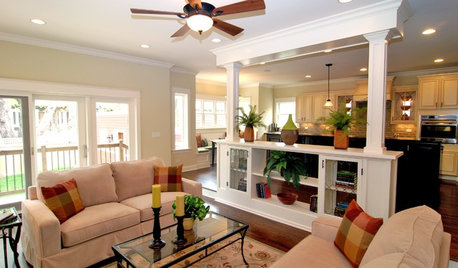
REMODELING GUIDESExpert Talk: Wall Dividers Pull Rooms Together
Open layouts are popular, but these designers explain how a little division can sometimes finish the look of a room the way nothing else can
Full Story
DECORATING GUIDESExpert Talk: Walk on the Wild Side With Animal Art
Bring untamed power and energy to your interiors with sophisticated, personal or just darn cute animal art
Full Story






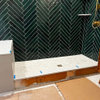
snoonyb
bblakeneyOriginal Author
Related Professionals
Agoura Hills Kitchen & Bathroom Designers · Greensboro Kitchen & Bathroom Designers · Queen Creek Kitchen & Bathroom Designers · East Tulare County Kitchen & Bathroom Remodelers · Blasdell Kitchen & Bathroom Remodelers · Eagle Kitchen & Bathroom Remodelers · Kuna Kitchen & Bathroom Remodelers · Richland Kitchen & Bathroom Remodelers · View Park-Windsor Hills Interior Designers & Decorators · Wareham Interior Designers & Decorators · Auburn General Contractors · Easley General Contractors · Great Falls General Contractors · Hayward General Contractors · Spanaway General Contractorshomebound
Vertise
Joseph Corlett, LLC
Vertise
live_wire_oak
aidan_m
Vertise
Joseph Corlett, LLC
snoonyb
frenchmadeline
homebound
User
Vertise
User
Joseph Corlett, LLC
snoonyb
bblakeneyOriginal Author